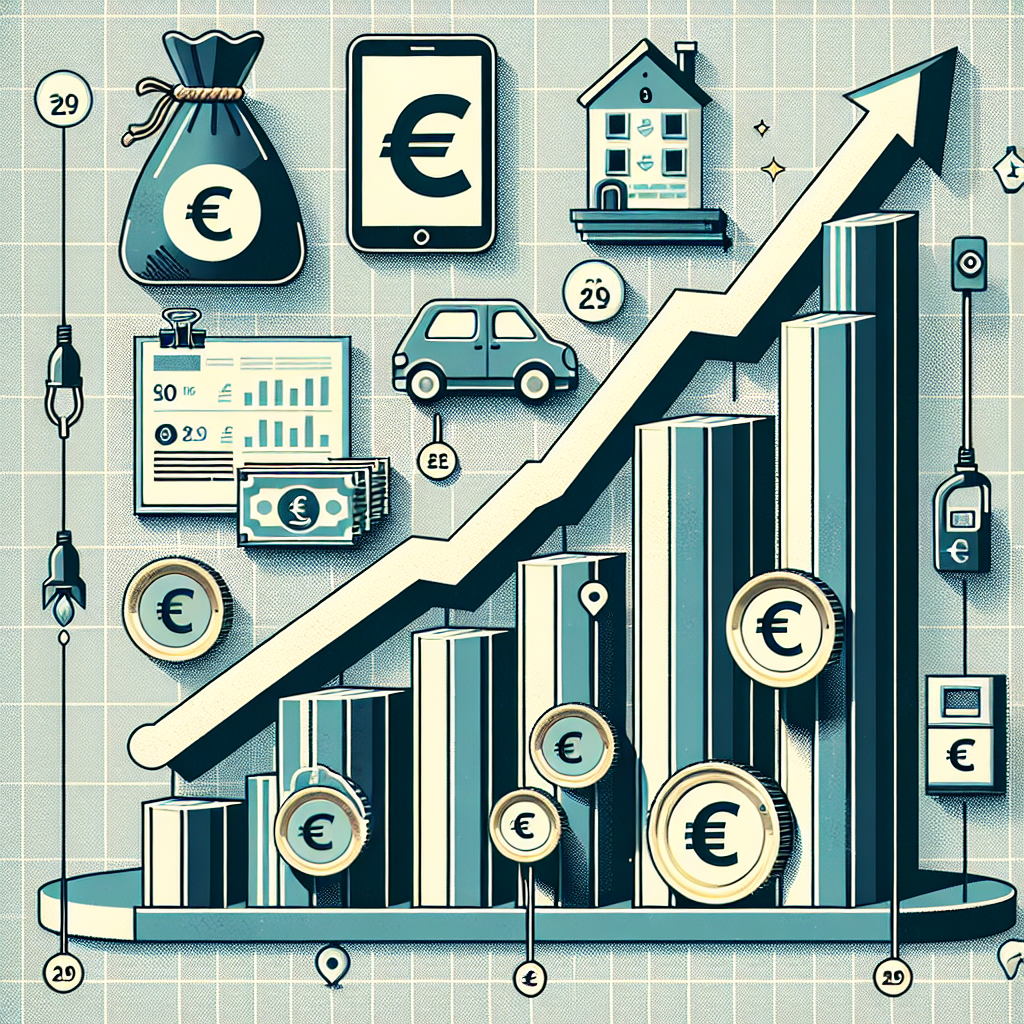Inflation in the U.S.: A Balancing Act Amid Mixed Signals
U.S. consumer prices nudged upward in July, with costs for services like airline fares and healthcare driving a notable inflation increase. Despite mixed signals, economists remain concerned about the quality of government reports and the impacts of tariffs, indicating potential challenges ahead for Federal Reserve policy decisions.

In July, consumer prices in the United States experienced a slight increase, largely due to higher costs for services such as airline fares and healthcare, leading to the most significant inflation jump in six months, according to the Bureau of Labor Statistics.
The report highlighted concerns over the disinflationary trend in services, with unprecedented surges in dental service costs and substantial hikes in healthcare prices, challenging the Federal Reserve's focus on services inflation when considering interest rate adjustments.
Amidst speculation, President Trump's selection of E.J. Antoni, known for critiquing the BLS, has raised eyebrows, particularly given the administration's history of budget cuts influencing data collection and quality. Economists are watching closely, especially as tariff impacts and data volatility potentially strain future economic forecasting.
(With inputs from agencies.)
ALSO READ
Trump Urges Federal Reserve to Cut Rates After Economic Rebound
Global Stock Markets Await Federal Reserve's Key Decision Amid Trade Tensions
Federal Reserve Holds Firm: Interest Rates Unchanged Despite Economic Uncertainty
Federal Reserve leaves interest rates unchanged even as President Donald Trump demands cuts, reports AP.
Federal Reserve's Balancing Act: Navigating Tariffs, Inflation, and Interest Rates









